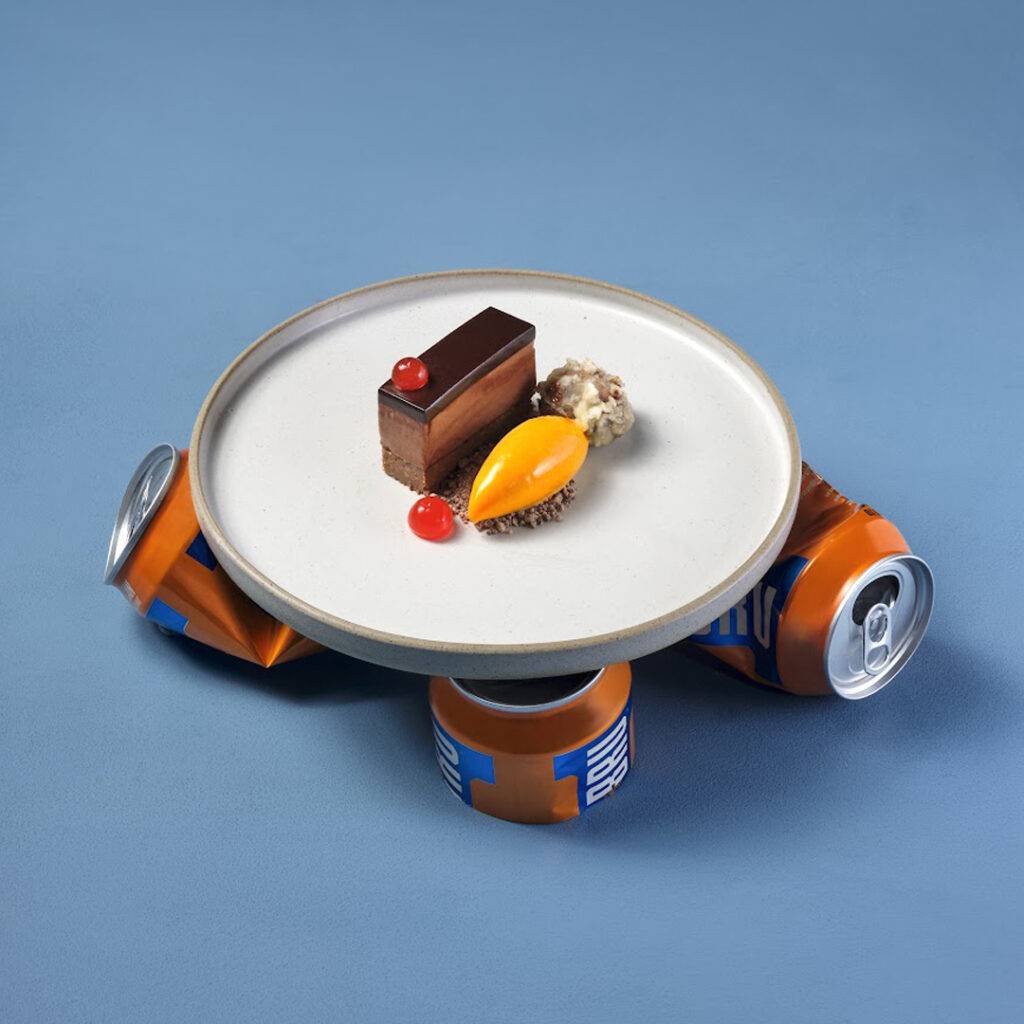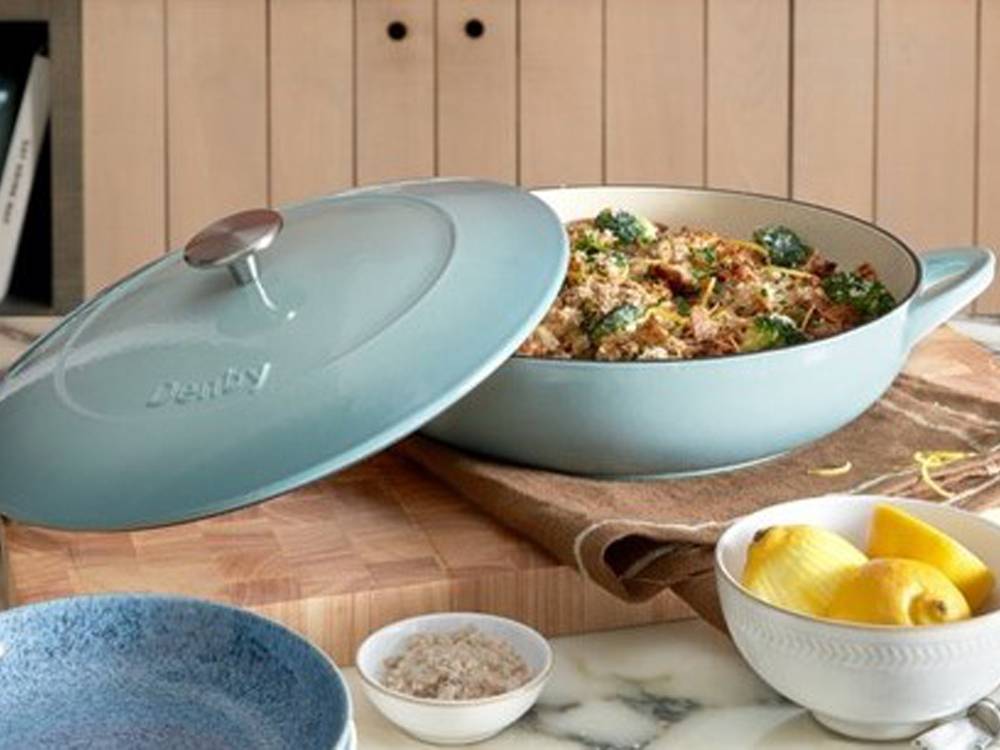Six by Nico is the newest addition to the Westgate in Oxford. Liz Nicholls was lucky enough to be among the first to try it at the weekend
As the city of dreaming spires (with a wondrous view of them from the top of the Westgate) Oxford is known for its old-school charm.
But when a newcomer to the foodie scene creates a buzz, it’s a real thrill. And when that newcomer is an original foodie fanatic who has made his name in other, bigger, brasher cities before landing here, I’m sniffing about for titbits and tasters.


This is how I found myself absorbing the neon genius of an Irn Bru sorbet with a perfect ‘deep fried mars bar’ (actually a very classy chocolate pave & associated bits) in the intergalactic bonsai zen den at Six By Nico.
If you haven’t been to one of Nico Simeone’s restaurants (there are branches in Leeds, Belfast, London, Cardiff, Birmingham, Manchester and his native Glasgow) the concept is magically enjoyable. For £50 a head you can sit back and relax while you’re served a six-course tasting menu (dietary requirements catered for if you’re that person) that changes every six weeks, drawing inspiration from a memory, place or idea. For an extra £39 you can enjoy an expertly matched wine with each course, which I highly recommend you do.



Now, you might hate a ‘tasting menu’. Weeny portions and a lack of imagination at other restaurants might have given them a bad name, but not here. Thanks to hard graft, his Italian heritage, a flawless service team and a real passion for food, Nico knows exactly what he’s doing. The first menu is ‘the Chippie’, a nostalgic chip shop-inspired half dozen.
This is no bodged assortment of battered bits, instead you’ll find the courses deconstructed and dreamed up as better variations. From the starter, a mindbending parmesan and tatty concoction with curry oil, through the mains including a ‘steak pie’ of meaty magic which arrives in a smoke-filled cloche for a theatrical flourish to that incredible pud, you’re taken on a journey. But, amid a stonking interior (top marks for the amazing banquettes and yellow leather scalloped sofas) the food manages to sing. It’s not fancy for the sake of itself, either, but the flavours and originality should, hopefully mean this place is here for many changing menus to come. Oxford is stony ground for people to take root (as I know, 12 years after landing here myself) so I hope the Westgate crowd take it to their hearts.
I can’t wait for the next one. And, take it from me, you won’t leave hungry or hammered but with a spring in your step.
Bookings from 20th May. Visit Home – Six By Nico


































